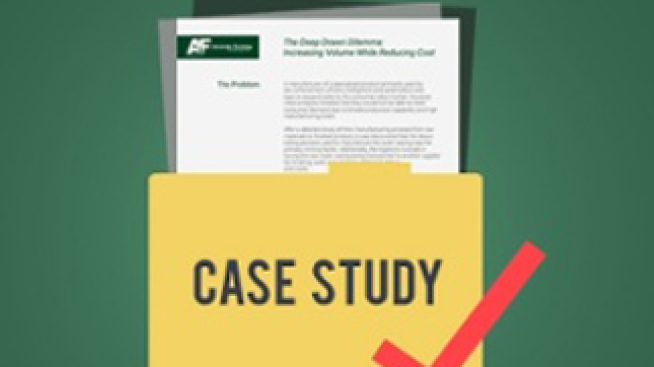Streamlining Slow Manufacturing Processes
Streamlining Slow Manufacturing Processes
December 31, 2015

A manufacturing process comprises a series of operations for the manufacture of individual components that are then assembled to produce a finished product. Initial operations are usually performed off the line as separate manufacturing processes, each with its own duration, but final product assembly is completed sequentially on the assembly line.
The production capacity of the line is constrained by the slowest or longest process. So the best way to streamline manufacturing processes is to identify and eliminate slow operations.
Analyze Takt Time
Identify the takt or cycle time for each manufacturing and assembly activity. This should be done for every operation that goes into manufacturing component parts as well as for the assembly line. Chart the results and then calculate the time taken to manufacture each part and the total figure for the entire assembly process. Allow time for quality control operations and other essential indirect activities that contribute towards the total manufacturing time.
Identify Slow Processes and Constraints
It’s now possible to compare the time taken to make each component. The slowest operation determines the line’s production capacity.The goal is to balance manufacturing and assembly operations by ensuring the takt time for each operation, or series of operations, is similar. If they are not, identify those operations that are taking too long and causing a constraint. Investigate ways to reduce the takt time by adjusting the workload or changing the manufacturing process.
Alternative Manufacturing Processes
Usually, one or two operations will cause a bottleneck. Often, they will be off-line processes related to the manufacture of individual components and require change in order to streamline the manufacturing processes. There may include:
- Machining operations: Machining processes using standard lathes and mills are slow and susceptible to variation. A CNC machining process may be faster.
- Molding: It may be possible to mold parts in a shorter time than takes for them to be fabricated; include time for finishing.
- Fabrication: A part may be made from a number of components assembled together. Hand-fabrication processes are slow and could be streamlined by using robotic assembly and fastening methods.
Stamping, particularly deep drawn manufacture, is fast and accurate, and well engineered processes require minimal finishing operations.
Which is Best?
The best alternative depends on a number of factors including cost, volume and feasibility. Dedicated CNC machines and robotic assembly cells can streamline manufacturing processes but are expensive and may increase the cost of individual components. Molding may be an option, but the shape, wall thickness and functionality of the component will determine if this is viable.
Drawing is universally recognized as one of the most efficient and lowest cost manufacturing process available. Throughput is high, ensuring that manufacturing processes are streamlined. Dedicated tooling is required so production volumes need to be high enough to justify the tooling cost.
Reduce Costs and Increase Capacity
The adoption of better and faster manufacturing processes increase output, creating opportunities for increased sales along with reducing the cost of manufacture. However, the manufacturing process chosen needs to be suited to the application, or individual component costs may increase.
Deep drawn technology is a great alternative that is fast, low cost and offers superb finished quality. It is useful for the manufacture of cylindrical objects that have a small diameter yet are relatively long. Typical examples are the outer casings for pens and complex medical and dental instruments. Deep drawn manufacture is an excellent method of producing thin-walled cylindrical components to tight tolerances, and final finishes are suitable for polishing, plating or powder coating as required.


